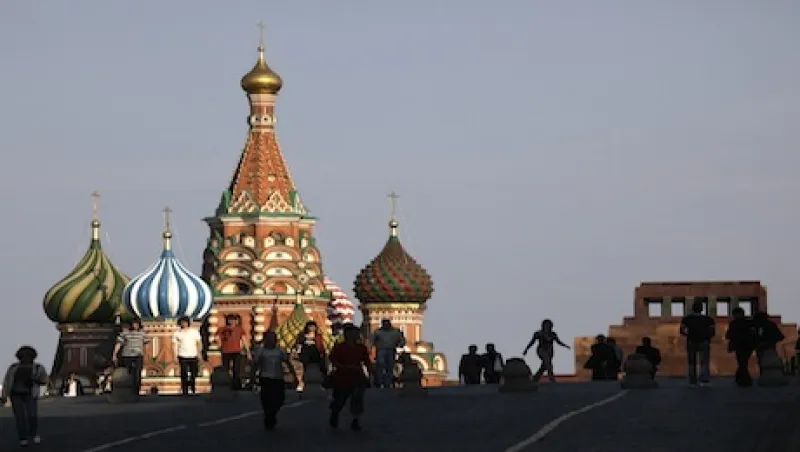To many investors, investing in Eastern Europe is Russia or nothing. And when it comes to Russia, it is almost always oil and gas or nothing. Not to mention a long macro bet.
To EME Partners, which manages Emeralt Emerging Europe, a four-year old long short equity fund based in Stockholm, Eastern Europe is much more than that. Call it Emerging Europe - with investment fundamentals that parallel the emerging BRIC countries and the adjoining frontier markets. For EME, Emerging Europe includes Turkey, the Czech Republic, Poland, Hungary, and, of course, Russia. And diversification isn’t all that distinguishes EME from other Eastern European-oriented funds.
Emeralt’s portfolio typically consists of about 30 long positions and 15 short. In contrast, most of the funds that invested in the region have been long only, says Carl Meurling , the CEO of EME Partners. “It was in vogue to trust the market, trust it would go up. No reason to think it would collapse,” Meurling explains. And for a while, at least, there was no cause for distrust. Between 2002 and 2007 investors saw average returns of about 50 percent per year, with volatility of 30 percent. There was little need to develop a strategy that was uncorrelated to the overall market. Then the markets crashed, sending the MSCI Emerging Europe Index down 80 percent.
Emeralt says it hedges volatility by keeping its net exposures low. Instead of making directional allocations it goes short as well as long in single stock names. And if it can’t find a corresponding hedge for a long position it uses futures. At present, the makes roughly 80 percent of its money on long positions, and 15 percent on short positions, with futures contributing the balance. However, with European markets displaying so much volatility of late, Meurling says he expects short positions to contribute a larger portion going forward.
The long short strategy has worked well. In the 12 months ended August 31, the Emeralt Fund gained 1.1 percent while the MSCI index was down 8.3 percent. And over the life of the fund, it has met its goal of returns of 15 percent to 25 percent annually, with volatility of 5 percent to 15 percent, says Meurling.
The key to Emerging Europe is liquidity, Meurling observes, so Emeralt’s focus has been on the most liquid markets and companies. “We have a portfolio where we can exit all the names within two days maximum,” he says.
That wasn’t always possible. But greater transparency has changed the environment, says the 37-year-old investment manager, who was previously involved with funds such as East Capital, another fund based in Stockholm that invests in Eastern Europe and Asia, and Prosperity Capital, a London-based fund that invests in Russia and other former members of the Soviet Union. And though mechanisms for hedging are still in their infancy, he says, “there’s plenty of visibility not to be caught by surprise.”
Adds Meurling: “The region’s public equity markets used to be a private equity play. They are now a hedge fund play.”
The performance of economies in such countries as Turkey and Poland has helped. Turkey has recently become the region’s most surprising performer and among the most vibrant, as the government has gotten public debt and inflation under control. GDP growth there exceeded 10 percent in the first half of 2011.
Poland is undergoing revitalization, meanwhile, with GDP expected to advance by around 4 percent this year, thanks to improved exports following currency depreciation, despite relatively robust private consumption.
Emeralt has also timed its investments well. A case in point is the position it took in TAT Konserve, the largest and oldest food processing company in Turkey and a big tomato processor. Before a recent drought sent tomato prices soaring, Emeralt put some 2.5 percent of the fund into TAT at 3.40 turkish liras per share. As tomato prices stabilized a month later, EME exited at 4.05 turkish liras, for a gain of 19 percent.
On the short side, EME looked hard at Unipetrol, a major refinery and petrochemical group based in the Czech Republic with a market cap in excess of $2 billion, and decided the stock price had been artificially inflated by the attempts of a private equity firm to buy into the company. Emeralt was convinced that Unipetrol, which is majority owned by Polish refining and petrochemical group PKN Orlen, was not an M&A play. It shorted the stock at 225 CZK, and a month later exited its position at 200 CZK.
What’s made that sort of transaction possible, Meurling says, “is the maturation of the financial markets.”






